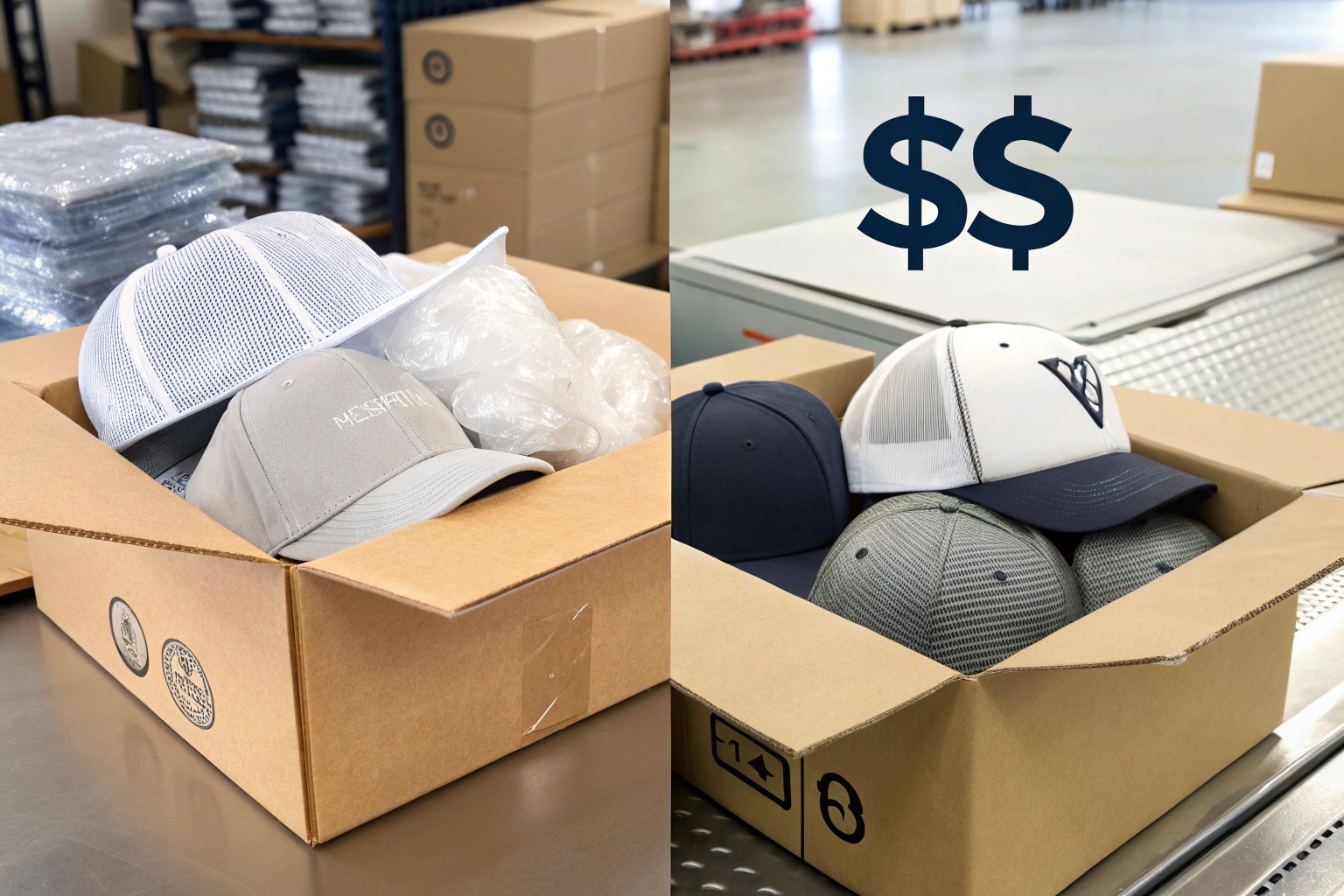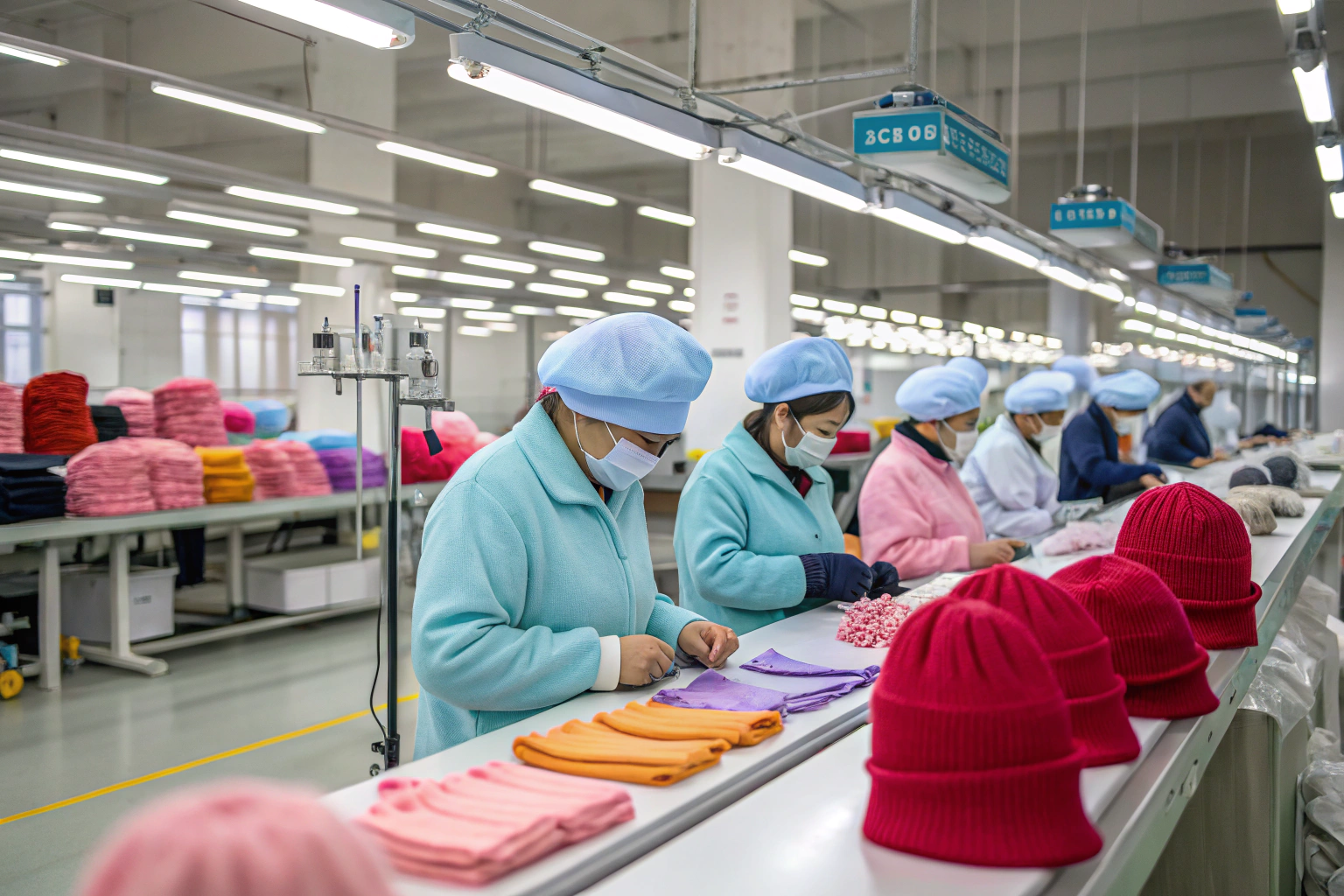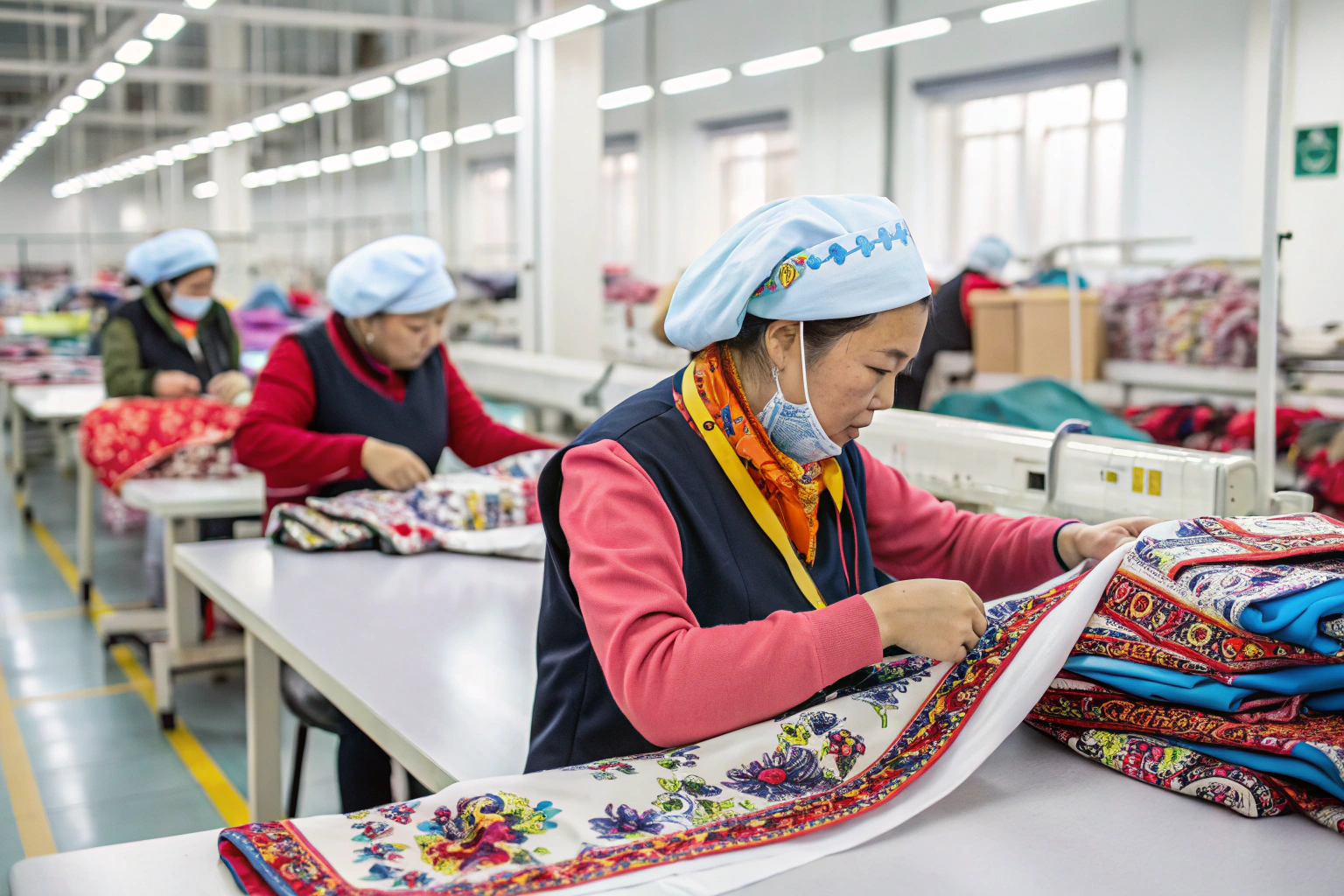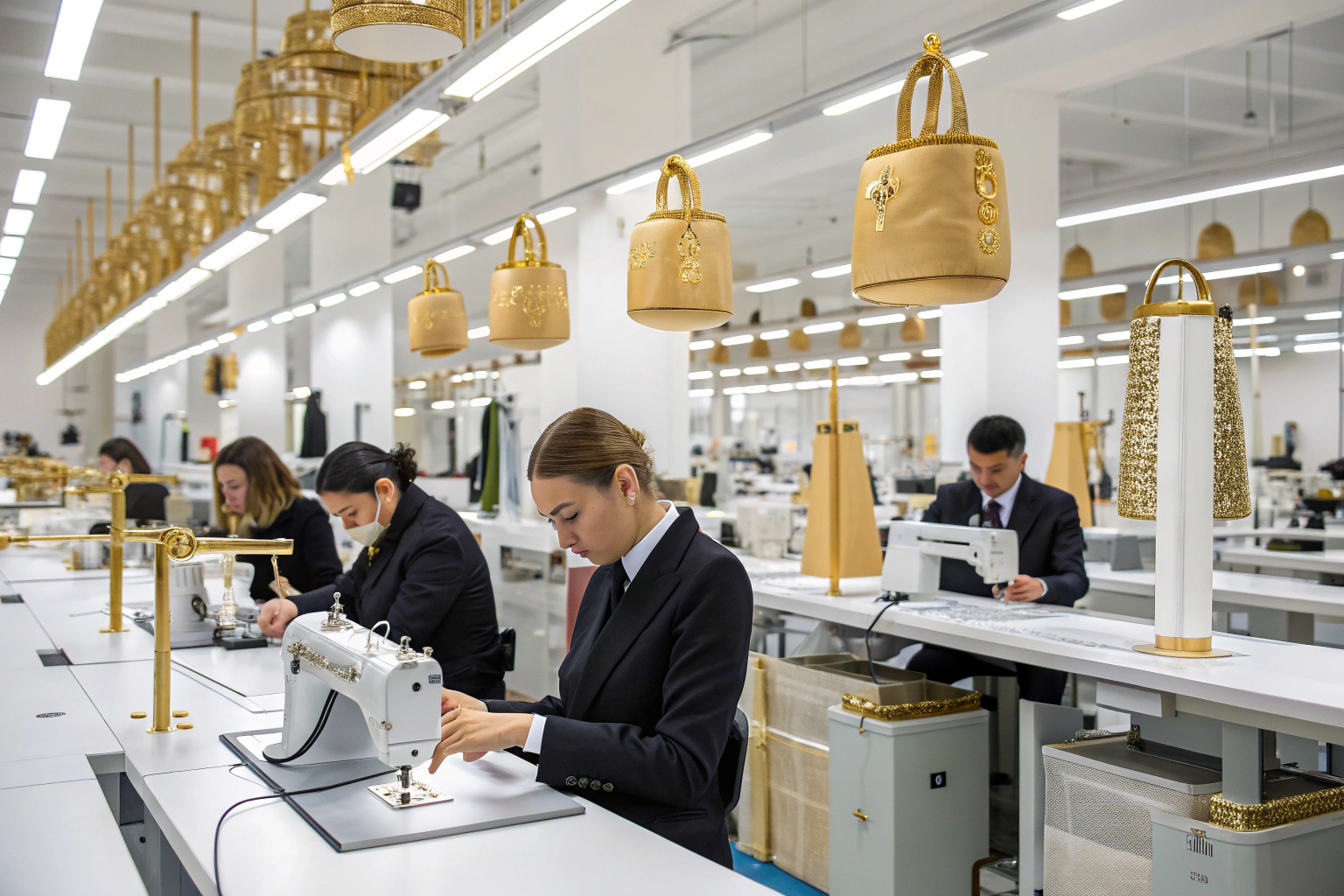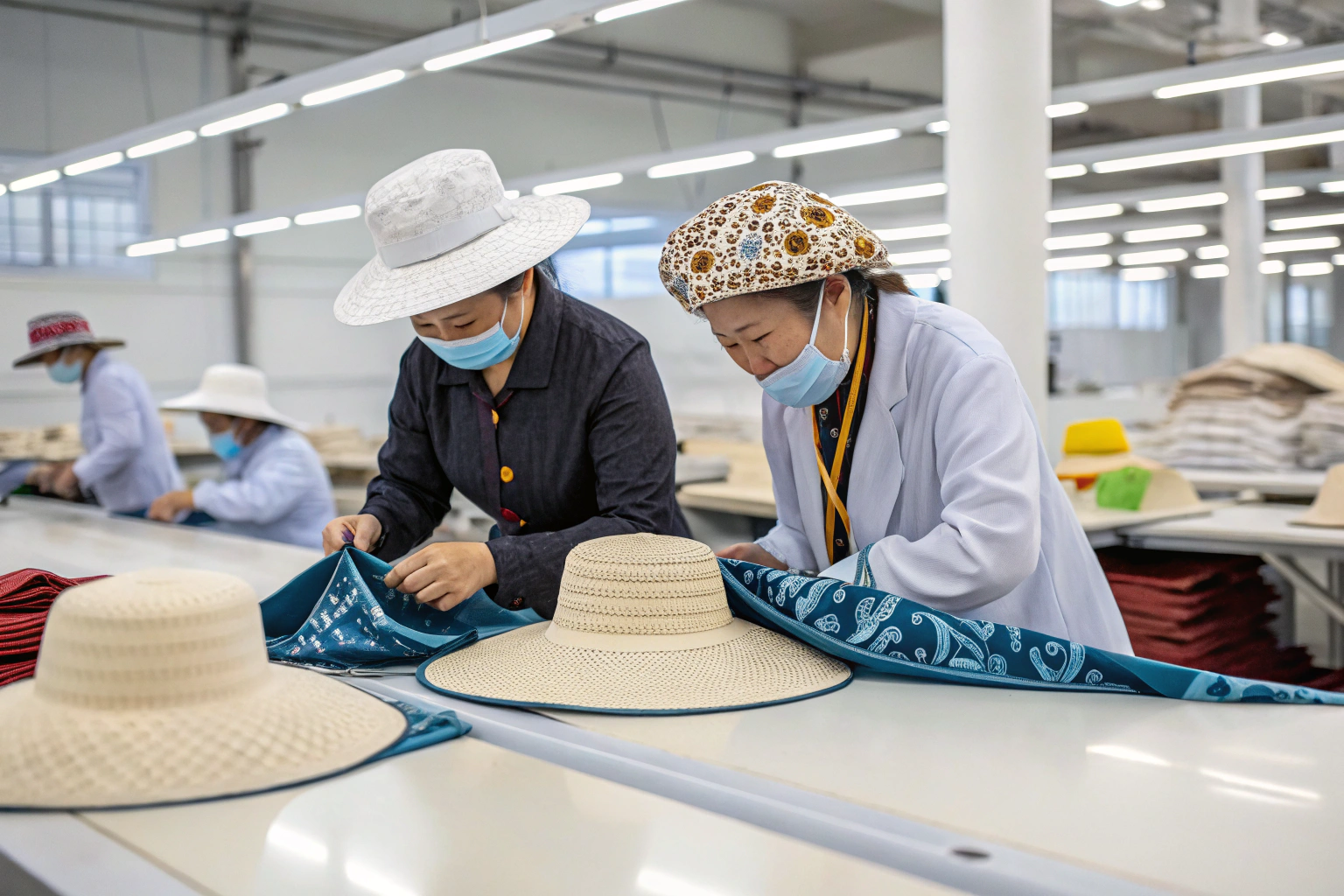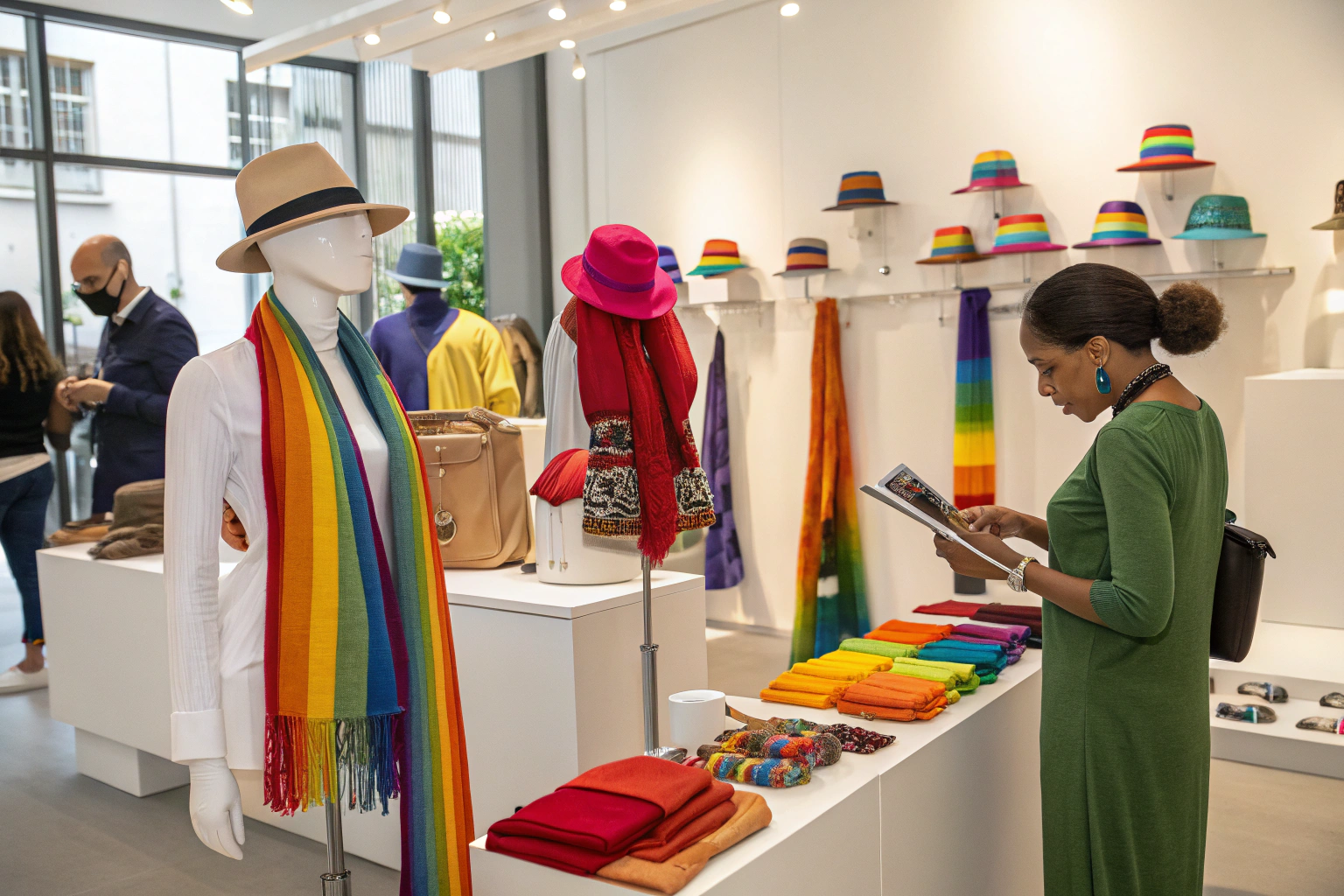Hats may be lightweight, but they’re space-eaters. One bad packing plan can double your freight bill—just because of air inside the boxes.
Optimizing container packing for hats saves money by reducing empty space, improving carton efficiency, and preventing product damage—all while maximizing your container’s volume capacity.
At AceAccessory, we’ve helped brands cut their ocean shipping costs by up to 35% just by redesigning how hats are stacked, bagged, and boxed.
How Stackable Designs Reduce Wasted Space?
When a hat is shaped for fashion, it often isn’t shaped for shipping. Brims curve, crowns rise—and before you know it, cartons are half air.
Stackable hat designs—like crushable crowns, short brims, or foldable frames—allow for vertical nesting and layered packing, reducing dead volume inside cartons.
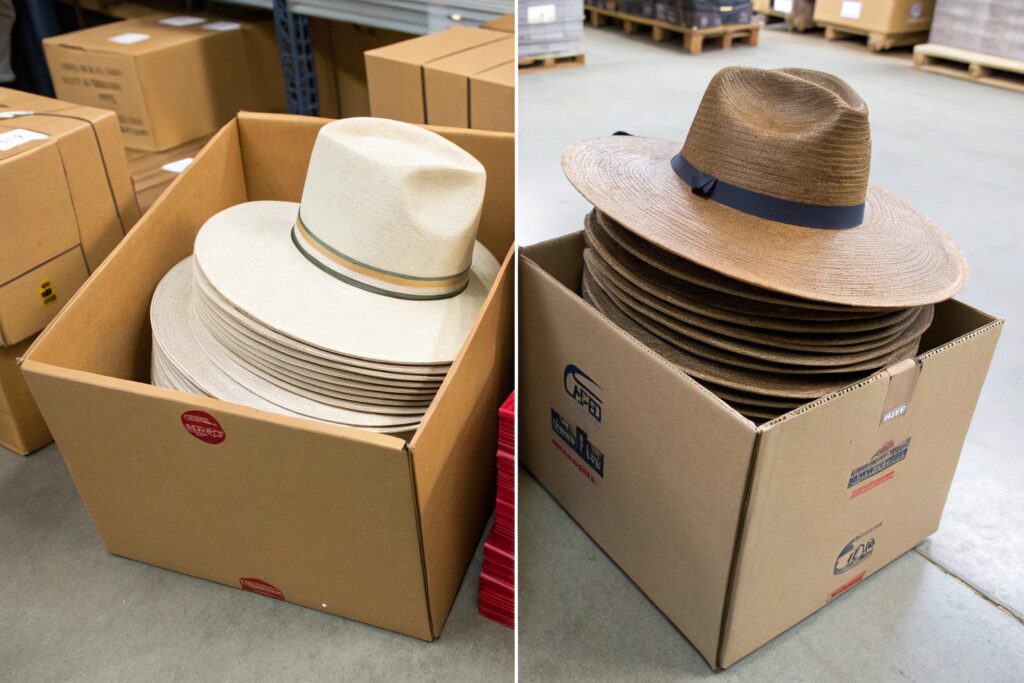
Which hats are easiest to stack?
| Hat Style | Stackable | Notes |
|---|---|---|
| Bucket hat | ✅ | Soft brim, compressible |
| Beanie | ✅ | Flat-packed |
| Baseball cap | ✅ | Crown-nesting possible with shaping |
| Straw hat | ⚠️ | Requires careful stacking with paper |
| Wide-brim felt | ❌ | Not stackable, needs individual support |
We’ve designed custom crown molds and folding methods to help brands stack caps up to 25 units per column—without deformation.
What to ask during product development?
- Can the crown compress slightly?
- Is the brim structured or flexible?
- Can we reinforce one “hero sample” to guide stacking?
- Will folding affect retail shape?
When in doubt, we sample packaging along with the hat. We send clients both flat-pack and nested-pack samples for testing shelf appeal after shipping.
Best Carton Sizes for Efficient Hat Loading.
Using the wrong carton can mean 30% wasted space—even if your hats are packed well. It’s not just what’s inside the box, it’s how the box fits in the container.
The best carton sizes for hats match both the hat dimensions and container loading logic—usually 5-ply boxes sized to fit container width and height precisely.
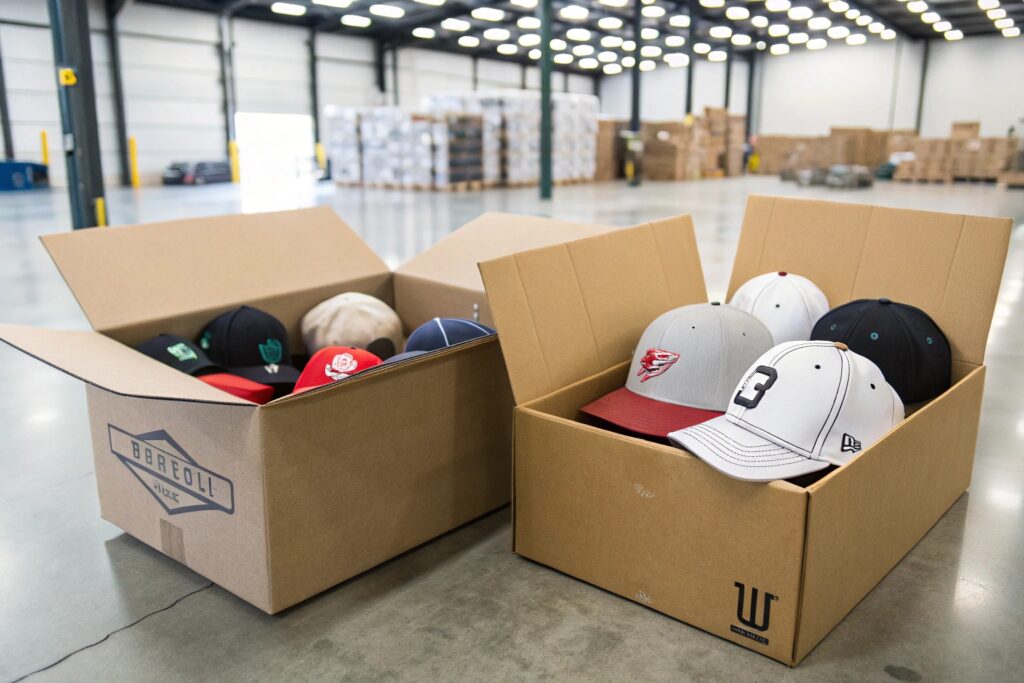
Common mistakes in hat cartons:
- Too tall: wasted vertical space, risk of tilt
- Too small: increases total box count, raises handling cost
- Too weak: collapses under weight, crushes products
- Irregular shape: wastes Tetris-style loading opportunities
Our recommended hat carton formats:
| Carton Type | Dimensions (cm) | Capacity | Best For |
|---|---|---|---|
| Flat cap box | 60 x 40 x 30 | 60–80 beanies | Knit hats, soft caps |
| Crown-stacking box | 65 x 45 x 35 | 40–50 caps | Baseball, bucket hats |
| Wide brim box | 70 x 50 x 45 | 20–30 units | Straw hats, felt hats |
We calculate the “CBM per 1000 units” for each hat type to help buyers choose the most efficient carton format.
Bonus tip:
Use modular carton sizes—like 60x40 or 80x40—so that all boxes align cleanly inside a 40HQ container (width: 2.35m). This alone can save 5–8% of wasted container space.
Tips to Avoid Deformation During Compact Packing.
Cramming hats into a box can ruin their shape—and destroy customer confidence.
To avoid deformation, use internal shaping supports, layer protection sheets, and box liners that hold hat forms during transit—especially for structured or brimmed hats.
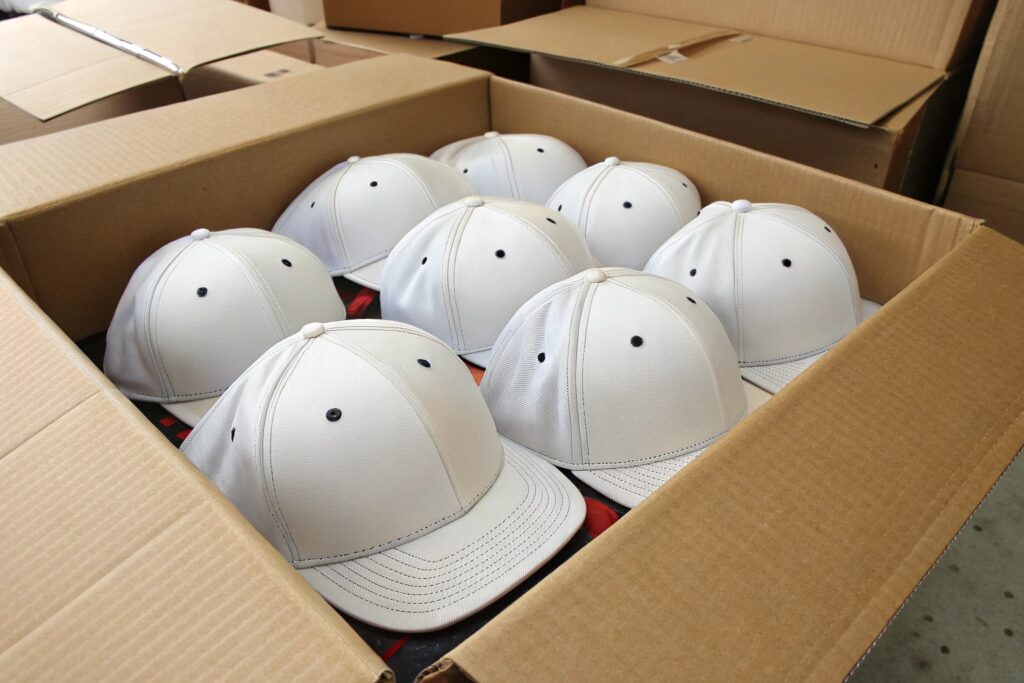
Our proven anti-deformation tools:
| Tool | Use Case | Material |
|---|---|---|
| Paper crown inserts | Maintains roundness in soft caps | Kraft paper |
| Plastic spacers | Preserves spacing in brim layers | Recyclable PP |
| Fabric sleeves | Prevents scuffing and friction | Nonwoven |
| Hat shaper rings | Adds stiffness for wide-brim hats | PET plastic |
Our loading method:
- Pack by nesting: Align crown inside crown to reduce height
- Alternate brim direction: Up, down, up to flatten edges
- Add liner every 10 units: Kraft separator sheet
- Outer protection: PE bag + desiccant inside carton
We also train our packing team to test carton top pressure using a 20kg weight before final taping—if the box caves, we adjust.
Freight Cost Savings from Optimized Container Use.
Even if your hat order is light, you’re still charged by volume. That’s why container optimization is often the #1 way to reduce landed cost.
By reducing carton air, optimizing stacking, and fitting carton sizes to container dimensions, you can save 20–35% on freight costs for hat shipments.
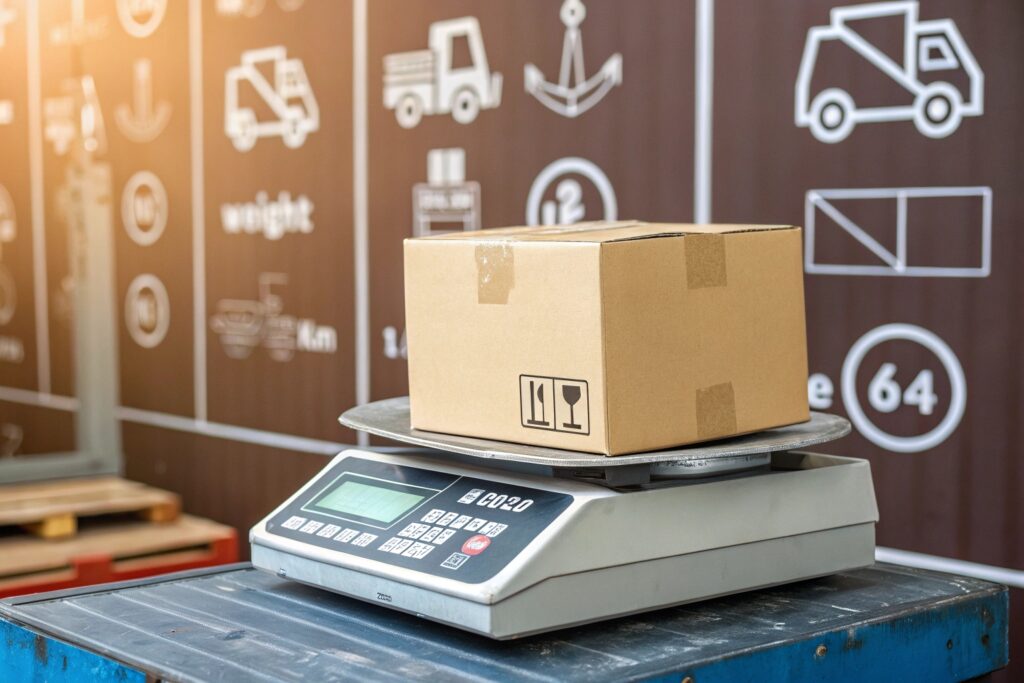
Real example:
A U.S. client shipped 40,000 baseball caps via 40HQ from China.
| Before Optimization | After Optimization |
|---|---|
| 2,180 cartons | 1,560 cartons |
| 3.8 CBM/1,000 units | 2.6 CBM/1,000 units |
| Shipping cost: $6,700 | $4,550 |
| Savings: –32% |
How we did it:
- Redesigned caps for better nesting
- Switched to slightly smaller carton height
- Removed inner retail boxes and used bulk polybagging
- Pre-tested loading plan with 3D layout software
We now include container loading maps for all large orders, showing how each carton stacks—by row, tier, and column.
Conclusion
Smart container packing isn’t just logistics—it’s margin protection. By stacking smart, boxing right, and planning every cubic inch, you’ll cut shipping costs and deliver better-quality hats. At AceAccessory, we make every box count.

